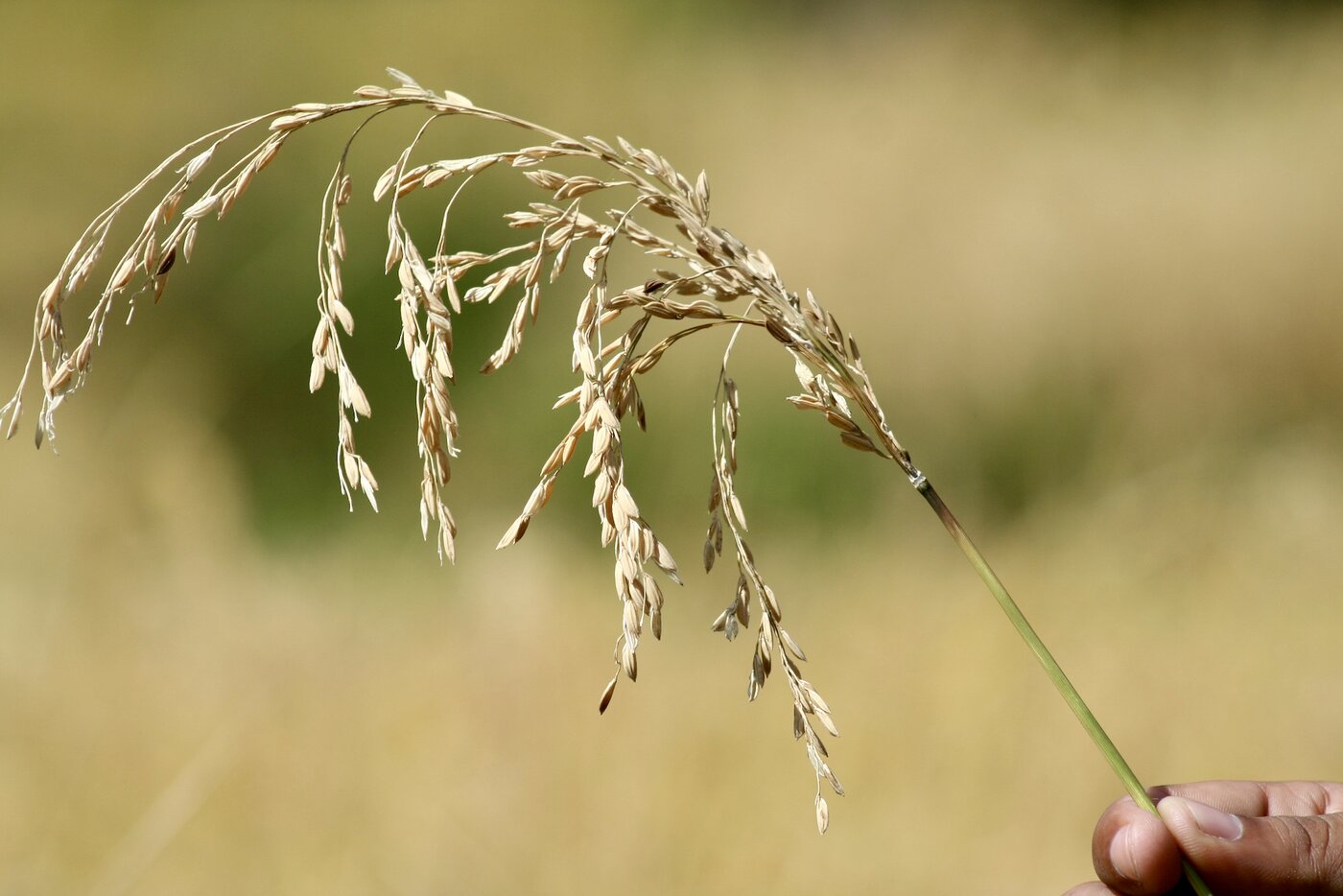National Agriculture Genetic Resources Centre-Genebank
Nepal’s history of scientific plant exploration and collection and evaluation of indigenous plants began in the late 1930s. However, conservation in this land of the majestic Himalayan mountains dates back to ancient Hindu ritual practices.
A facility for orthodox seed storage under medium-term conditions was created in 1986. The National Agriculture Genetic Resources Center (NAGRC), with long-, medium- and short-term conservation facilities, was conceived in 2010 under the Nepal Agricultural Research Council. Its aim is to conserve and use genetic resources relevant to national economic growth and food security. NAGRC’s collections include six components of agrobiodiversity, i.e. crops, aquatic genetic resources, livestock, forages, insects, and microorganisms, as well as wild relatives and wild edible agricultural genetic resources.
The ex situ accessions of orthodox seeds for food and agriculture are stored as:
Original collections in long-term storage are stored at -18°C for 50-100 years.
Active collections in medium-term storage for seeds of self-pollinated crops and cross pollinated crops are stored between 5°-10°C for 5-15 years.

